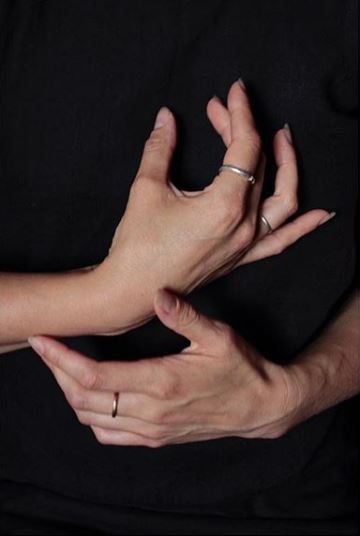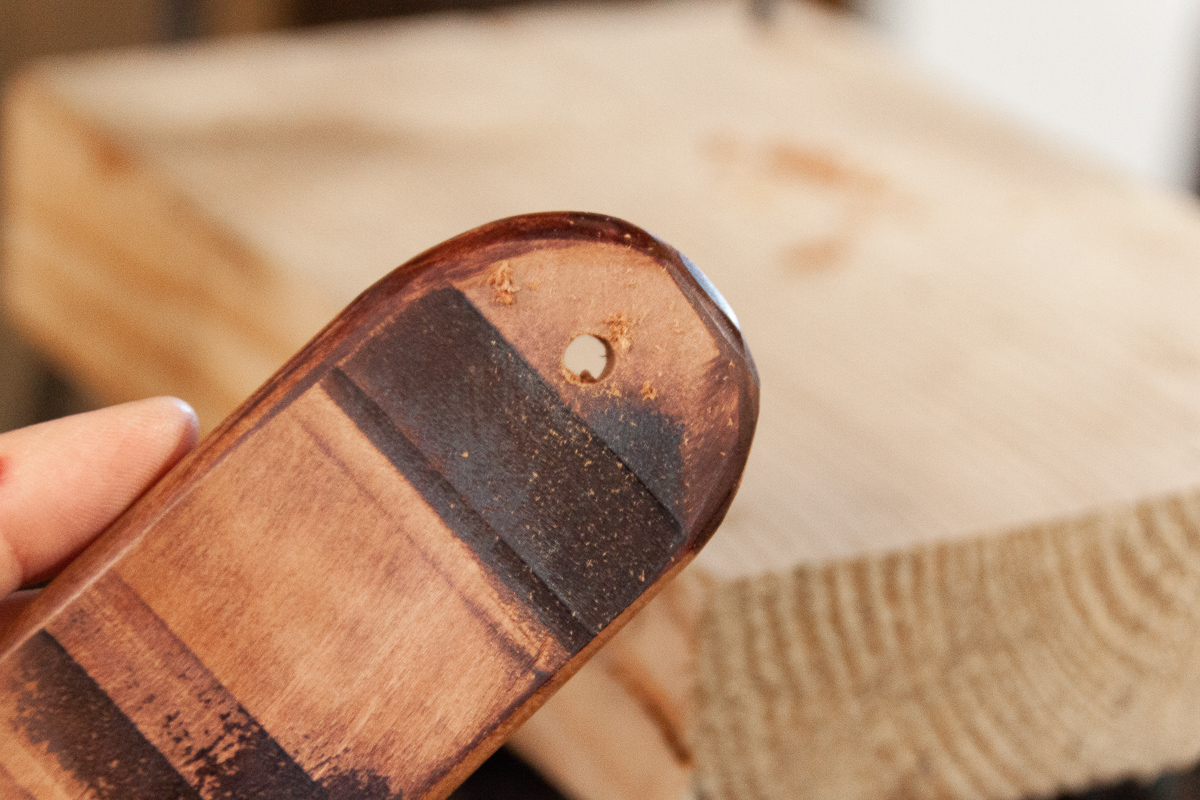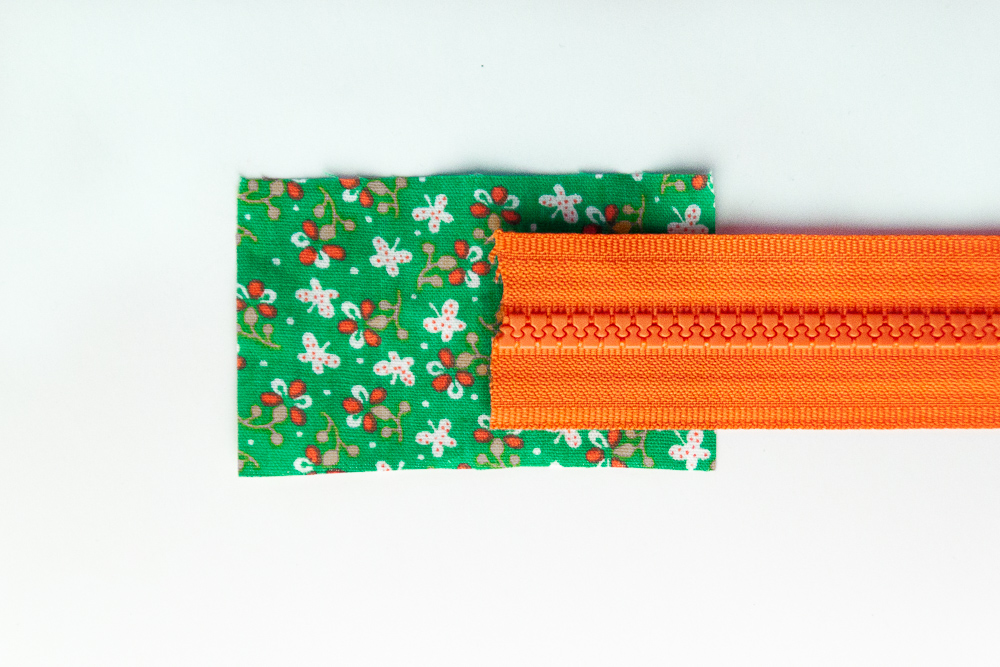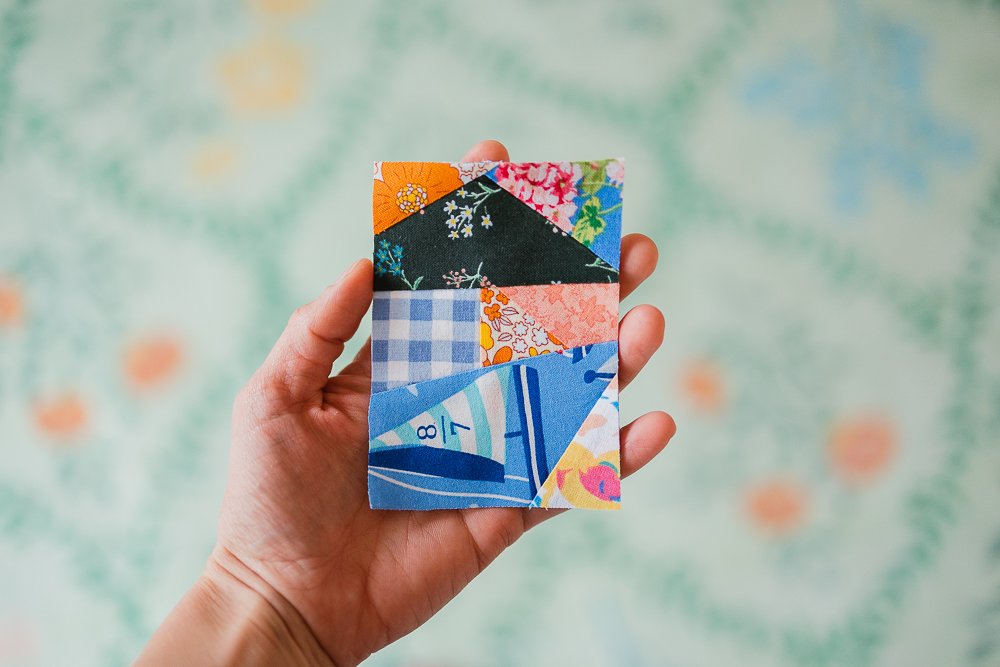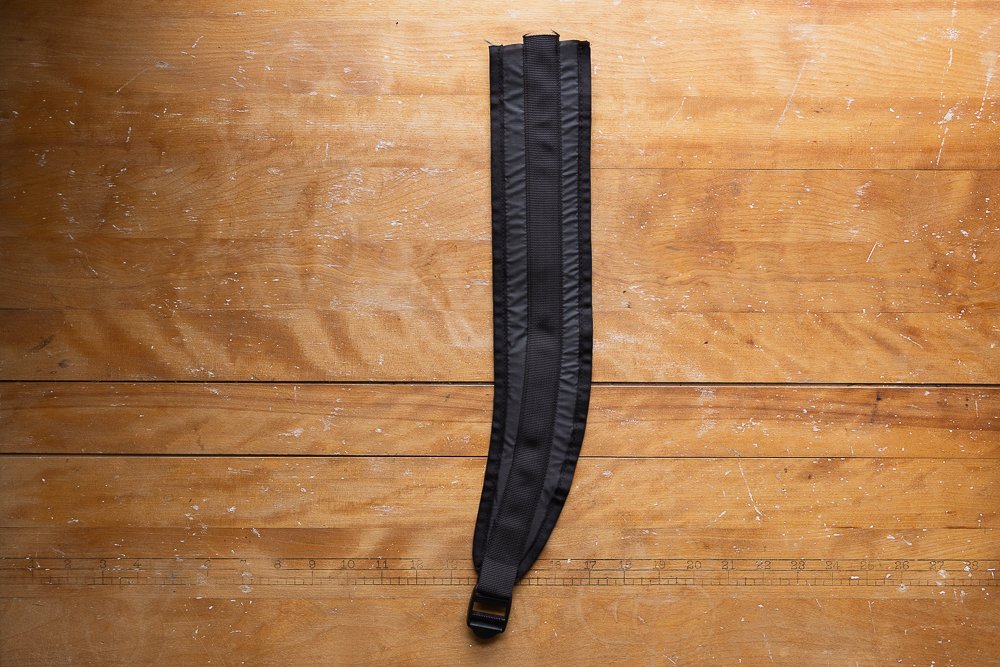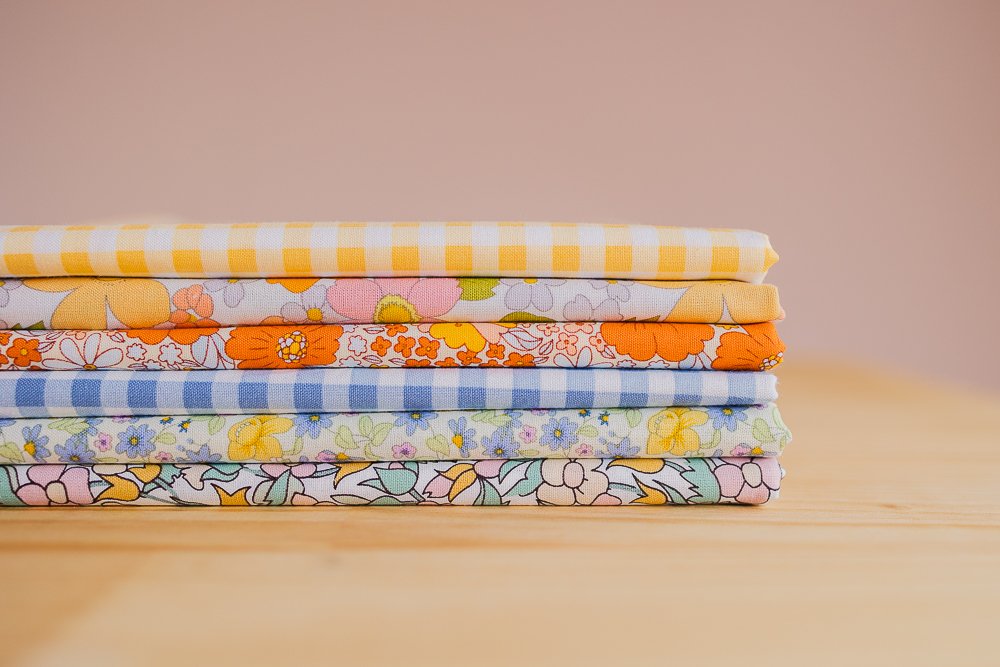A few months ago, the jewelry designer Aningri (who also happens to be my sister) reached out and asked if I would like to do an interview with her. I, of course, said yes with enthusiasm. I have been an owner of an Aningri Work Ring since she first launched her company last summer. It’s the only piece of jewelry I wear on a regular basis. So naturally, I was thrilled when she asked me for an interview.
Here’s an excerpt:
How did you get to where you are now in your work?
It took me a long time to get to a place emotionally where I was willing to sell my patterns. Drafting has always been natural to me. Visualization of shapes and sizes angles and the interfaces of 3D objects has always made sense in my head, so I didn’t realize for a long time that it doesn’t come naturally to everyone. And then there was the whole thing of feeling strange because I realized I had a talent that others didn’t and figuring out how to deal with that was difficult. I finally came to a place where I realized that in order to fully embrace who I am I need to fully embrace my talents. Along with that I’ve realized that walking fully in our talents is the best way we can serve others.
What is the value of being yourself in your work?
I think when you're in any field, but especially in design, it's so important to remember that no one else can create something exactly like you can. Even if you have similar design ideas to someone else, the way you construct the design is different. You bring uniqueness simply because you are a unique being. I think the more we are willing to be in touch with our uniqueness the more of ourselves shows up in our work, and the more valuable our work becomes. Ultimately realizing that we are talented, we have things to bring to the table, we are unique -- that's the value of being myself in my work.
To read the full interview, click here.
If you’re in the market for a simple, beautiful, low profile ring that doesn’t get snagged on fabric or in the way of your other making, check out Aningri’s Work Ring. I’m so happy I own one. Thank you, Anna, for having me in your interview series and for making such beautiful jewelry that makes me feel like me.
Website: Aningri.com
Instagram: @_aningri


